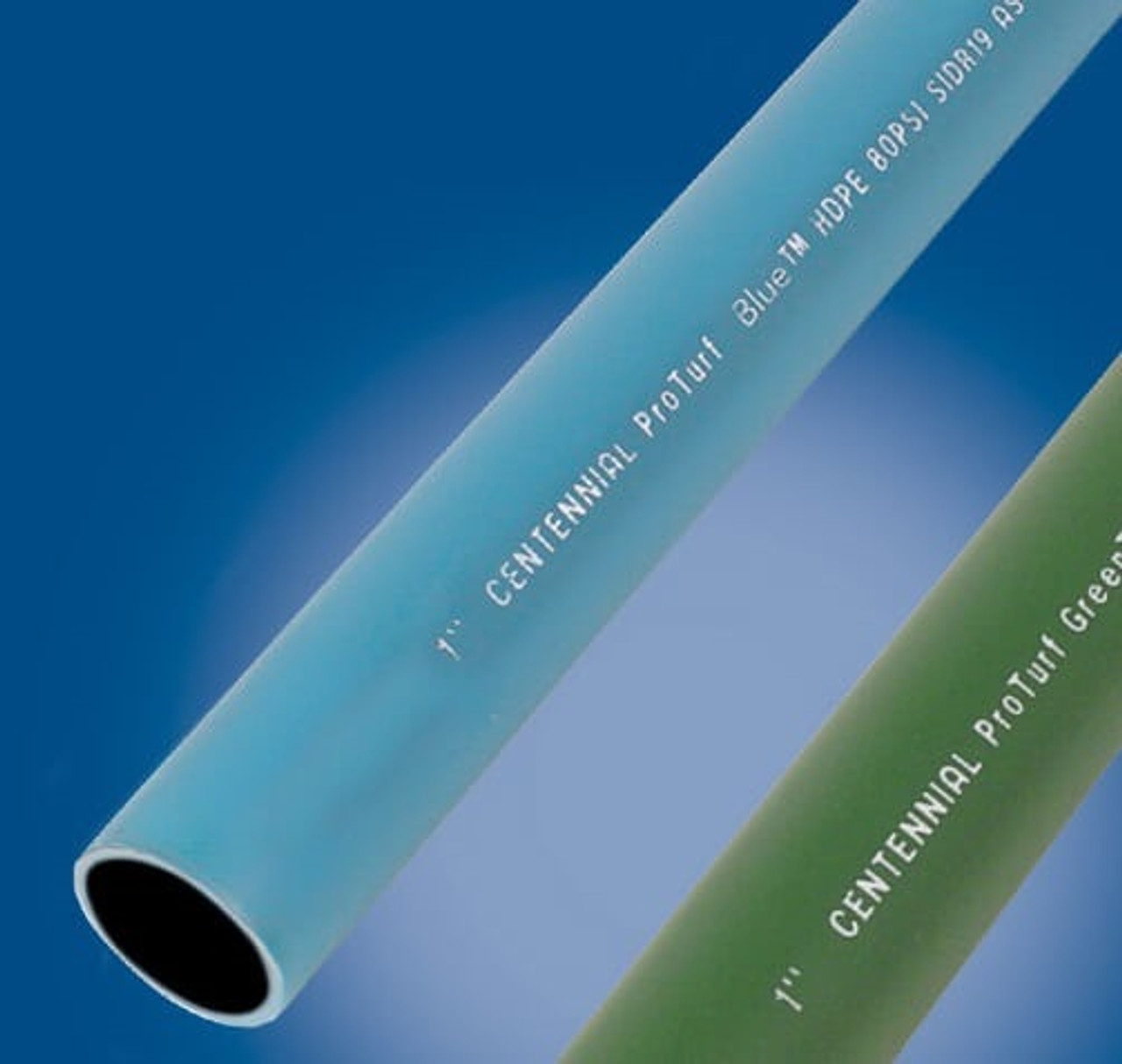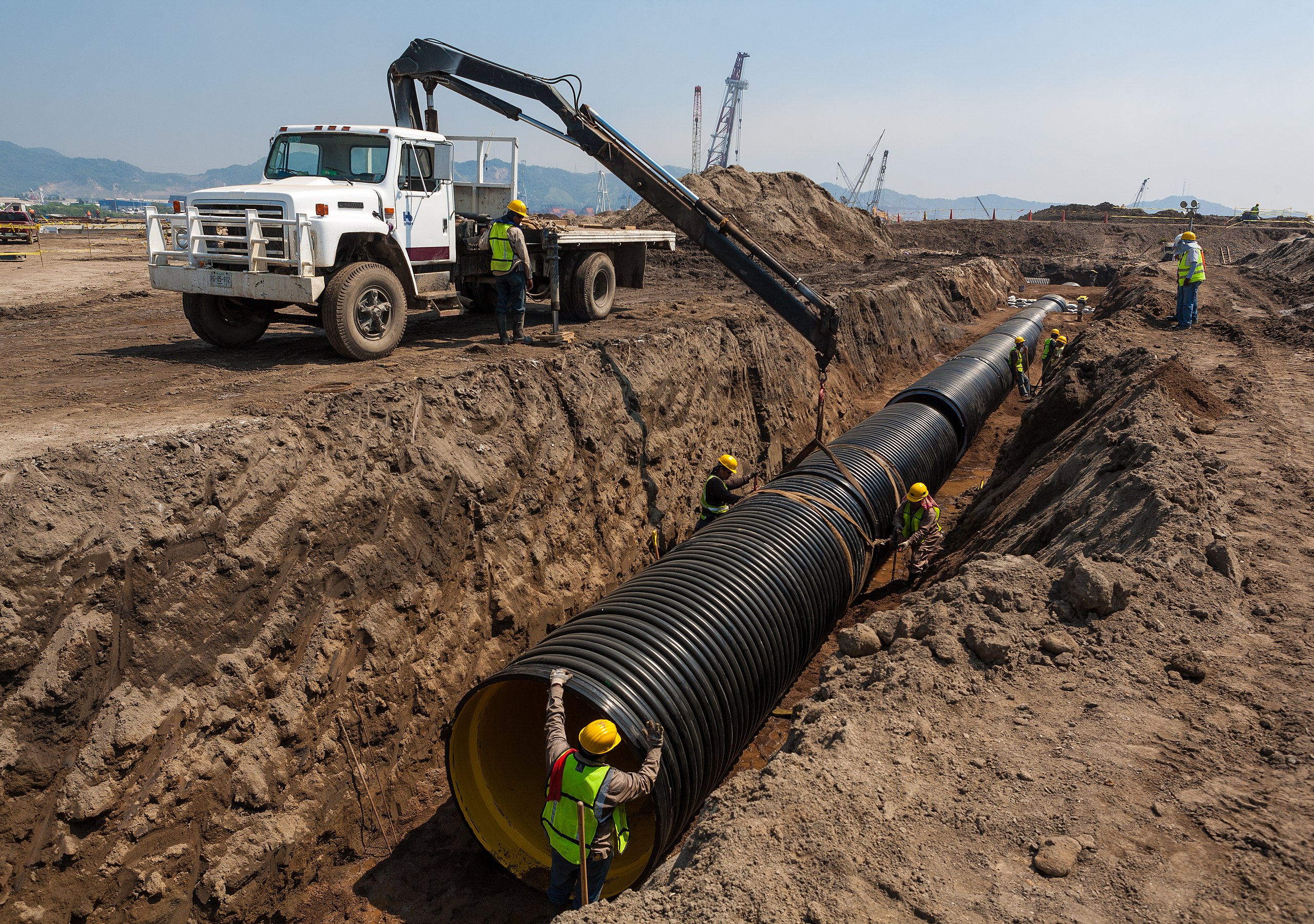The Essential Steps for Successful Installment of HDPE Pipe in Your Following Task
Successful setup of HDPE pipeline needs cautious planning and execution. Secret actions consist of evaluating project needs, preparing the website, and picking appropriate joining techniques. Each phase plays a critical duty in ensuring the honesty and performance of the pipe. Comprehending these necessary actions can significantly affect the overall success of the project - Texas hdpe pipe manufacturer. The nuances of each step might hold the trick to overcoming common challenges dealt with during installation.
Understanding the Conveniences of HDPE Pipe
High-density polyethylene (HDPE) pipeline offers numerous benefits that make it a favored selection for numerous applications. Its high resistance to deterioration and chemicals warranties toughness sought after settings, significantly prolonging the life expectancy of setups. Additionally, HDPE's adaptability permits easier installment, specifically in difficult surfaces, as it can flex without breaking. The light-weight nature of HDPE pipeline simplifies transportation and handling, decreasing labor costs during setup.
HDPE pipeline is known for its reduced rubbing coefficient, which enhances fluid circulation and minimizes power usage. Its smooth construction decreases the danger of leaks, adding to far better resource administration and environmental protection. Furthermore, HDPE is recyclable, lining up with lasting methods and minimizing ecological impact. Generally, the mix of stamina, adaptability, and eco-friendliness makes HDPE pipeline a remarkable selection for a wide variety of projects, from water circulation to commercial applications.
Preparation Your HDPE Pipe Installment
When preparing a setup of HDPE pipe, mindful factor to consider of several key factors is important to protect an effective project. First, job managers need to examine the specific needs of the pipeline, including the planned use, flow prices, and environmental problems. Comprehending these specifications will certainly assist the selection of appropriate pipeline measurements and product grade.
Next, timelines need to be established, considering procurement schedules and any prospective hold-ups. Coordination with regional authorities for permits and regulative compliance is additionally important. Furthermore, a comprehensive spending plan ought to be prepared, encompassing all costs linked with products, labor, and machinery.
Finally, it is necessary to engage a qualified group experienced in HDPE pipe installation. Their know-how will certainly help mitigate dangers, guarantee adherence to sector criteria, and eventually add to the task's success. Extensive planning lays the groundwork for a smooth installment procedure and long-lasting efficiency of the HDPE piping system.
Preparing the Site for Installment
Proper website preparation is necessary for the effective installment of HDPE pipeline. Prior to installation begins, the website must be completely assessed to assure it meets all needed needs. This consists of evaluating the ground for existing frameworks, utilities, and potential dangers that can hinder the installation procedure.

Appropriate elevation and alignment need to be developed to maintain a consistent slope for drainage objectives. Proper drainage around the setup website is also imperative to stop water accumulation, which can bring about problems down the line.
Techniques for Signing Up With HDPE Pipings
Accomplishing a trustworthy link between HDPE pipes is vital for ensuring the honesty and longevity of the installment. Various methods exist for signing up with these pipelines, each fit for various project demands. Combination welding is just one of one of the most typical methods, using heat to bond the pipe finishes together, developing a smooth and sturdy connection. This method can be further categorized into socket fusion and butt fusion, depending on the pipeline arrangements.
Mechanical installations are another alternative, utilizing clamps and threaded adapters to join sections of HDPE pipe. While usually faster to set up, they might require additional maintenance with time. Electrofusion is a specific approach that involves utilizing electric current to heat and fuse the pipelines with specifically developed installations, making sure a solid bond. Selecting the proper joining strategy is vital, as it directly impacts the general performance and dependability of the HDPE piping system in the intended application.
Examining and Examination of Installed Pipes
The testing and examination of installed HDPE pipes are crucial to ensuring their functionality and durability. This procedure incorporates aesthetic evaluation techniques, stress testing methods, and leak detection procedures to identify potential issues. By utilizing these methods, specialists can validate the stability of the installation prior to it is put into use.
Visual Examination Techniques
Using reliable aesthetic inspection strategies is crucial for assuring the integrity of mounted HDPE pipelines. Inspectors must systematically examine all visible sections of the pipeline to recognize any indications of damage, misalignment, or improper installment. Secret indicators to examine include joint integrity, surface abnormalities, and connections. Examiners may use devices such as multiplying glasses or cameras to improve presence and detail. It is important to look for signs of environmental tension, such as twisting or excessive flexing, which could compromise performance. Consistent documentation of searchings for allows for tracking adjustments in time and assists guide essential repair services. By adhering to established visual examination procedures, project groups can notably reduce the threat of future failures and assure lasting dependability of the piping system.
Stress Checking Methods
Visual examination offers as a preliminary procedure, yet it is not sufficient on its own to ensure the efficiency of installed HDPE pipes. Pressure screening approaches are crucial for guaranteeing the honesty of these systems. Generally, hydrostatic screening is employed, where the pipes are filled up with water and subjected to stress levels above the intended operating stress. This technique helps identify weak points or possible leaks. Pneumatically-driven testing can likewise be utilized, although it carries higher dangers as a result of the compressibility of air. Despite the technique picked, adhering to sector requirements and safety and security methods is crucial. After performing stress examinations, thorough paperwork is required to confirm the outcomes and validate that the installation fulfills all operational needs prior to continuing to the following stage of the job.

Leak Detection Treatments
Just how can one guarantee that installed HDPE pipelines are free from leakages? Reliable leak detection treatments are vital to safeguard the integrity of the system. Initially, visual examinations must be carried out, searching for indications of water accumulation or soil disintegration around pipe joints. Following this, stress testing can verify the system's toughness. A common approach is the hydrostatic test, where water is introduced under stress, checking for decreases that indicate prospective leakages. Furthermore, advanced modern technologies, such as acoustic sensing units or infrared thermography, can discover leaks that may not be noticeable. Routine monitoring and maintenance more add to the longevity of HDPE pipelines, guaranteeing they continue to be leak-free throughout their functional lifespan. Correct paperwork of these treatments is essential for conformity and future reference.
Upkeep Tips for Long-Term Performance
To assure article source the longevity of HDPE pipelines, developing a regular evaluation routine is necessary. This aggressive technique enables the very early detection of possible problems, lessening expensive repair work. Additionally, executing correct cleansing methods will assist keep peak efficiency and stop buildup that can affect performance.
Routine Examination Arrange
Although HDPE pipes are known for their sturdiness and resistance to rust, developing a normal assessment timetable is essential for guaranteeing their lasting efficiency. Regular evaluations assist recognize possible concerns such as leaks, joint honesty, and environmental impacts that might influence the pipe's capability. It is suggested that examinations take place a minimum of biannually, or more regularly in settings with severe conditions. hdpe pipe suppliers Midland TX. Throughout these analyses, aesthetic checks need to be conducted to identify indicators of wear or damage. Furthermore, using technology such as ultrasonic screening can give more insights into the pipe's problem. By implementing an organized examination schedule, task supervisors can proactively resolve problems, therefore prolonging the life expectancy of HDPE pipes and keeping system efficiency
Correct Cleaning Techniques
Correct cleansing techniques play an essential function in maintaining the long-lasting efficiency of HDPE pipes. Regular cleaning prevents the buildup of particles, sediment, and biofilm, which can result in clogs and reduced flow performance. Operators ought to employ methods such as high-pressure water jetting or foam cleansing to efficiently get rid of impurities without damaging the pipeline surface. It is essential to prevent utilizing harsh chemicals that may weaken HDPE product. Additionally, scheduled maintenance checks need to include aesthetic inspections for any kind of indications of wear or damages. Properly trained workers must perform these cleansing procedures, ensuring conformity with safety and security and ecological policies. By carrying out these practices, the life expectancy of HDPE pipelines can be greatly prolonged, making certain optimal efficiency throughout their functional life.
Regularly Asked Questions
What Are the Ecological Influences of HDPE Pipeline Production?
The ecological effects of HDPE pipe manufacturing include greenhouse gas exhausts, energy intake during manufacturing, potential plastic pollution, and difficulties in reusing. However, HDPE's longevity and resistance to corrosion can reduce some ecological concerns.
How Does HDPE Pipeline Compare to Other Products?

What Tools Are Required for HDPE Pipeline Setup?
Essential devices for HDPE pipe setup consist of a combination maker, pipe cutters, shovels, determining tape, and security equipment. Correct tools assurances reliable, secure handling and installation, adding to the project's total success and integrity.
Are There Any Certain Regulations for HDPE Pipe Installment?
Particular guidelines for HDPE pipeline installment differ by region, often controlled by neighborhood, state, or federal codes. Compliance with these regulations guarantees safety, environmental protection, and functionality, making adherence vital for effective Learn More job outcomes.
Can HDPE Pipeline Be Recycled After Usage?
Yes, HDPE pipes can be reused after use. Their polycarbonate nature enables reprocessing, making them ideal for recycling right into brand-new items. This sustainability aspect adds to environmental preservation and promotes circular economy methods Discover More Here in building and construction.